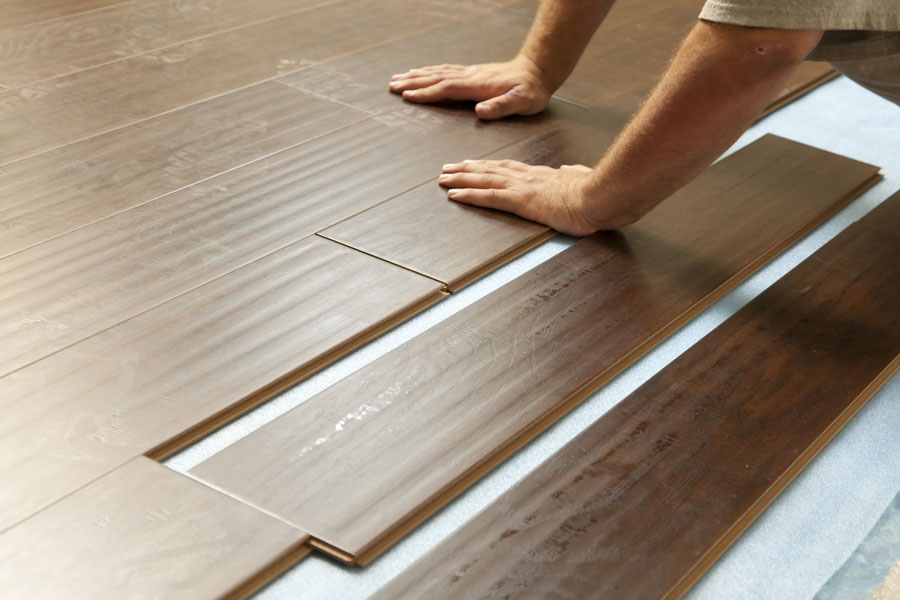Laminate flooring is a type of synthetic flooring that combines multiple layers that are fused together through the lamination process. The interior core layer of laminate flooring is made of fiber board materials and melamine resin. This layer is used to produce the look and feel of real wood. A protective layer covers the top surface.
A laminate floor’s wear layer protects it from accidents and everyday wear and tear. It also shields the floor from harmful UV rays. Exposure to UV rays from a big open window may cause it to lose its color because the rays will break the chemical bonds that create the color.
If you are installing new laminate flooring, you need to be sure that the installation is done correctly. It is important to carefully measure the area to be covered and to follow all installation instructions. If the floor area is larger than a thousand square feet, you need to use 0.75-inch spacers between the floors.
The main difference between laminate flooring and traditional hardwood flooring is the thickness. Laminate flooring is slightly thicker than hardwood floors and can give your home a warm, plush feel. It is also a better option for high-traffic areas. However, if you don’t want your flooring to be too thick, you can go for vinyl flooring instead. Nevertheless, it is important to keep in mind that laminate flooring is slightly more expensive than traditional hardwood or other types of flooring.
Another advantage of laminate flooring is its ease of maintenance. Compared to hardwood flooring, it is easier to install and requires less skills to maintain. The durability and hygienic nature of laminate flooring makes it an ideal choice for homes with kids and pets. A laminate floor also resists scratches and dents. A broom or damp mop can easily remove most surface dirt. A wax pencil can be used to remove minor scratches, but more severe damage would require replacement of the affected board.
While the durability of laminate and engineered wood flooring is an important consideration, you should also consider the water resistance of the floor covering. Water-resistant laminate products have a wear layer that can withstand moisture and prevent warping. However, it’s important to note that water can seep between the planks of a laminate floor and cause it to swell. Luckily, specialty waterproof laminate products are available that prevent this problem.
Although it can be tricky, laminate flooring is a relatively easy project. If you have the necessary skills and patience, you can complete the project in just a single day. As long as you follow the manufacturer’s instructions, you should have no problem installing the laminate flooring in your home. Just make sure to keep the temperature at 65 degrees Fahrenheit so that the surface is properly acclimatized.
In addition to being affordable, laminate flooring is easy to clean. It also resists stains and is hypoallergenic, making it a great choice for homes with kids and pets.





